In this article, you will learn about the complete guide on car body parts and their functions. All parts are explained with pictures. Also, download the PDF file of the article at the end of it.
Car Body Parts
A car is a four-wheeled motorized vehicle that people use to move from one place to another (transportation). Generally, cars run on roads that seat one to eight people, have four wheels, and mainly transport people rather than goods.
When we look at its history, the first car that is Benz Patent-Motorwagen was invented by German inventor Carl Benz in the year of 1886. In the 20th century, cars came into global use and became widely available in different models and styles.
Cars have controls for driving, parking, passenger comfort, and a variety of parts. When you open your car hood up or you see the down of your car, then you usually found the engine, transmission, axles, differential, suspension, etc.
These are the internal parts of the car but what about the external parts? Now when we come to the exterior parts of the car, many people do not have any idea of which parts the car is made of and what is their role.
Therefore, we have brought you the complete list of car body parts and their functions. So let’s discuss them one by one.
Read Also: What are the parts of the car interior and their function?
Parts of Car Body
Following are the main parts of car body:
- Body shell
- Hood or bonnet
- Front bumper
- Rear bumper
- Bumper grille
- Crash guard or bullbar
- Head light
- Fog lamp
- Indicator lights
- Wiper blade
- Radiator
- Radiator supports
- Cowl panel
- Quarter panel
- Fender
- Fender liners
- Roof
- Sunroof
- Mirrors
- Doors
- Door handle
- Window glass
- Quarter window
- Trunk or decklids
- Mud flaps
- Wheels
- Hubcap
- Dashboard
- Number plate
- Tail lights
Read Also: What is the function of a cylinder block in an engine?
#1 Body Shell
The vehicle body shell is the functional backbone. It is the body of a car that rests in the chassis and fits the engine, mechanical and electrical systems, seats, etc. It is designed to carry the weight of all components that are present in the car and even handles the weight of passengers.
#2 Hood or Bonnet
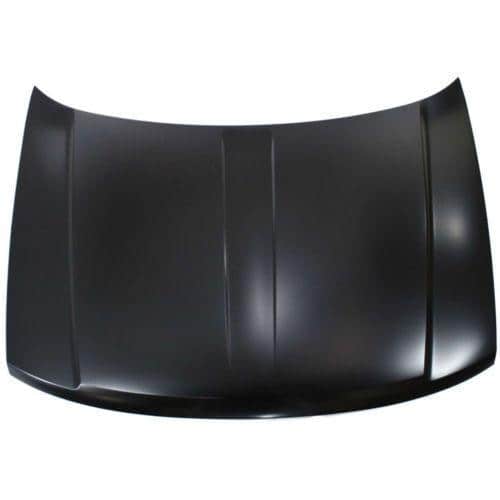
The car hood is also known as a bonnet in some countries. This is the type of thin sheet cover that is hinged and rests over the engine of motor vehicles. It includes engine, battery, coolant, windscreen fluid, cooling fan, compressor, alternator, and many more.
The hood allows direct access to the engine compartment for maintenance and repair purposes. In addition, it also protects these parts from direct sunlight and dust. A hidden latch is commonly used along with the hood to hold it securely when you’re taking a look inside your car.
#3 Front Bumper
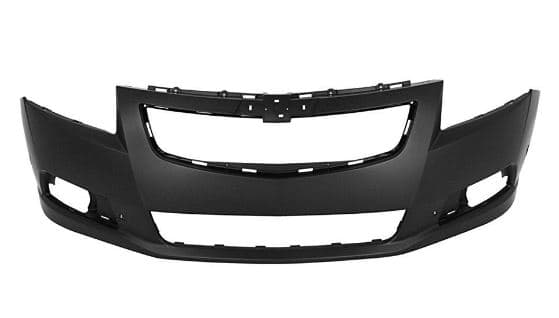
The bumper may seem like an additional part but the simple structure actually plays an important role in your car. Generally, bumpers are bars that protect a vehicle when it collides with something.
The function of the front bumper is to protect your car if a sudden collision happens. In this case, it absorbs most of the impact during low-speed collisions to prevent serious damage to the driver, vehicle, and passengers.
#4 Rear Bumper
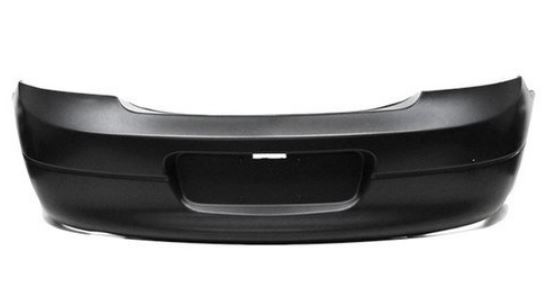
The rear bumper is designed to prevent heavy damage when you, unfortunately, hit a wall while taking a reverse turn. It reduces or prevents physical damage to the front and rear sides of vehicles in low-speed accidents.
These car body parts usually absorb shocks from the car accident. The rear bumper is basically made of steel, aluminum, rubber, or plastic and primarily protects the trunk, grille, fuel, exhaust, and cooling systems.
#5 Bumper Grille
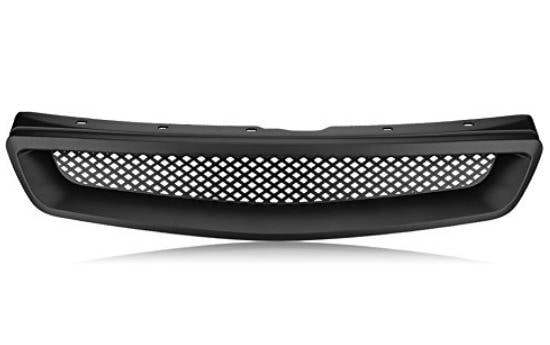
The bumper grille covers the front body of the vehicle and allows your engine to keep cool. When you drive your car, it sucks the air through the grille which serves to provide ventilation through the engine bay.
Primarily, it protects the radiator and allows cold air to enter the radiator of the car. In addition to the front location, they are also located in the front wheels for brake cooling, in the cowl for cabin ventilation, or on the rear trunk lid in rear-engine vehicles.
Don’t Miss Out: List of Basic Parts of Motorcycle [Names & Pictures] PDF
#6 Crash Guards or Bullbars
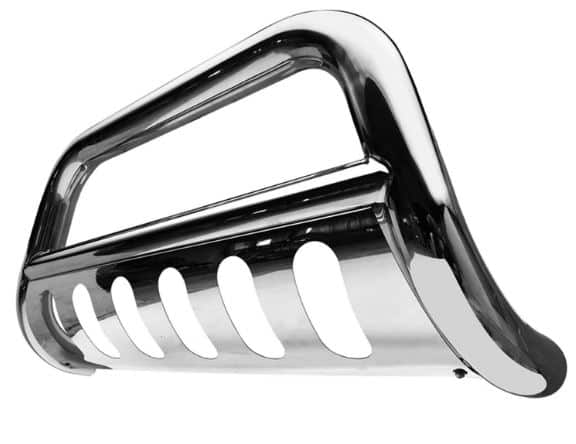
The crash guards are mounted to the front frame or chassis of the car. This is mostly seen in SUVs to protect them from damage in case of an accident. These are the essential car body parts that play a key role to keep the vehicle moving after a collision.
These are typically made of heavy-duty steel and can effectively shield the front end of the vehicle. Moreover, the design of this accessory gives a stylish look to your vehicle and also provides real protection.
#7 Head Lights
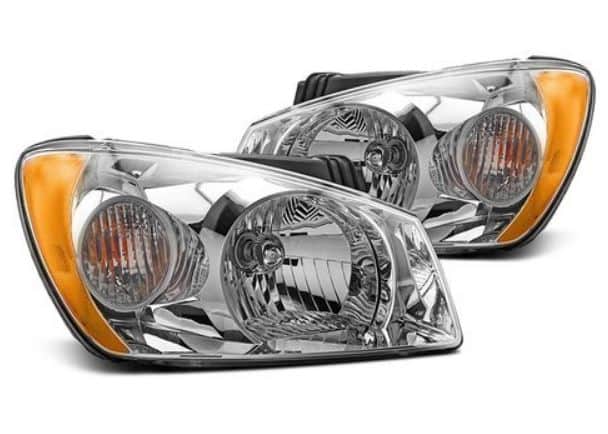
Basically, everyone knows the primary function of headlights on cars is to illuminate the road and facilitate fatigue-free and safe driving. There are two types of headlights, low beam, and high beam.
These headlights are attached to the front end of the vehicle. They allow the driver to see the roadway in the dark, while also indicating to other drivers that a car is present. There are types of lights used in cars and each has its own function.
#8 Fog Lamp
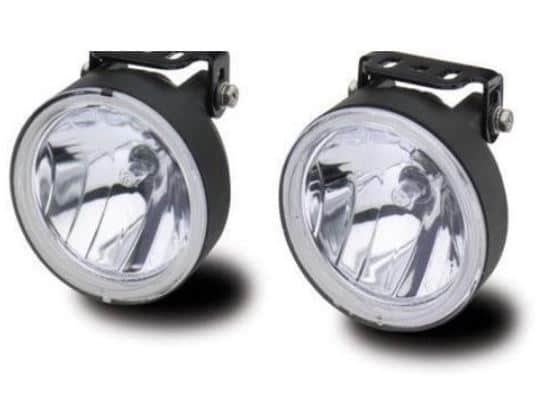
The purpose of fog lamps is to allow brightness in situations when visibility is less than 100m. They help to illuminate under the fog to see the road surface and prevent the additional beams from the fog. There are mainly two types of fog lamps used in vehicles.
- Front Fog Lamps: Many front fog lights are selectively yellow because it filters out the blue component of white light, which causes the most shine. However, not every yellow lamps are fog lights and not every fog lamps are yellow.
- Rear Fog Lamps: These are more useful than front fog lamps. They are a bright red light (similar to a brake light) that is lit in poor visibility to make the vehicle more specific for low traffic. They are useful when you are driving much slower than usual and when a vehicle is behind you, they can dazzle other drivers to stop.
#9 Indicator Lights
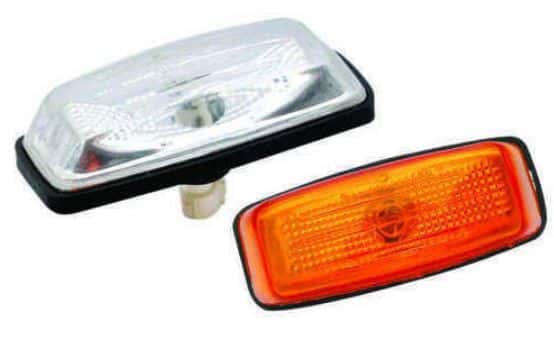
Indicator lights are available in red, orange and some are white in color. They can be located on the front, rear, and sometimes on both the left and right sides of the car. These are used to indicate a desired change of direction, whether turning left or right or going out into traffic.
You need to use them at right time to give other drivers enough time to react and adapt to your signal. Once you have completed the turn make sure the indicator is off otherwise it may confuse other drivers.
#10 Wiper Blade
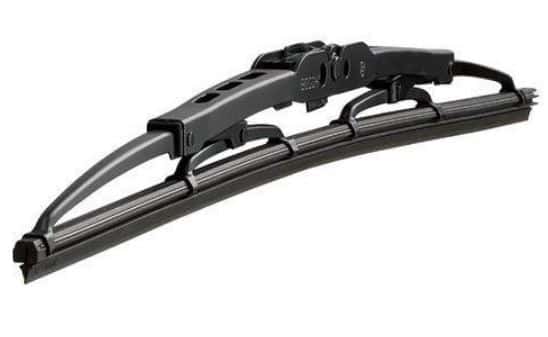
Almost all vehicles including cars, trucks, buses, etc. have wiper blades and are very important for the clear vision of the driver. These are used to clear snow, water, and/or debris from the vehicle’s front window so that the operator can see what lies ahead of them.
They are very useful during rainy weather, water droplets on the windshield constantly block the driver’s visibility which can lead to major accidents. They are made of rubber that is degradable and becomes less effective over time. That’s why it’s important to replace them every 6-12 months.
Read Also: What problems can cause a bad ignition distributor?
#11 Radiator
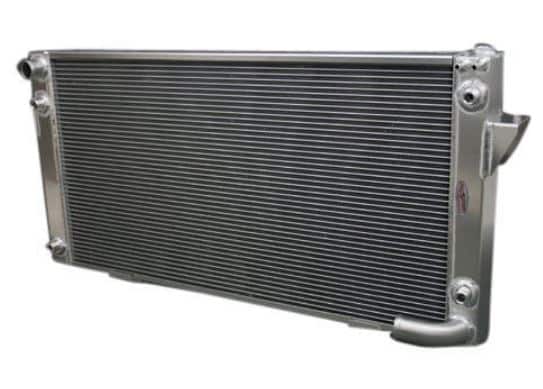
The radiator sits right behind your car’s front grille. It is located at the center of the vehicle’s cooling system that monitors and regulates the temperature of the engine and prevents it from overheating.
Its purpose is to keep the engine’s coolant fluid at the proper level. As the coolant circulates throughout the engine, it heats up and the cooling fins inside the radiator cool the liquid as it passes over them.
#12 Radiator Supports
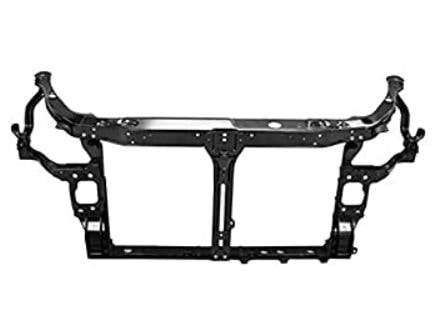
The vehicle radiator is supported and mounted by a mechanism called radiator support. It is a frame made of steel, plastic, or aluminum that protects the radiator from damage by securing it under the hood of the car. It also houses the condenser assembly and cooling fan system so that they are not damaged while the car is running.
#13 Cowl Panel
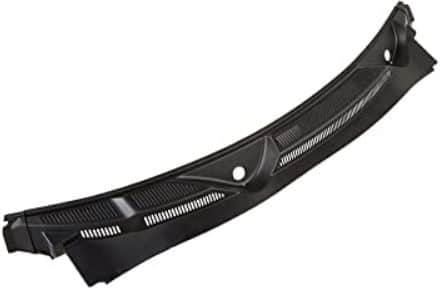
Cowl panels are also important car body parts. These are used as a cover that fills the gap between the hood and windshield of the car. It also supports the dashboard and ensures that no unwanted parts get into the windshield wiper system or the cabin filter area.
#14 Quarter Panel
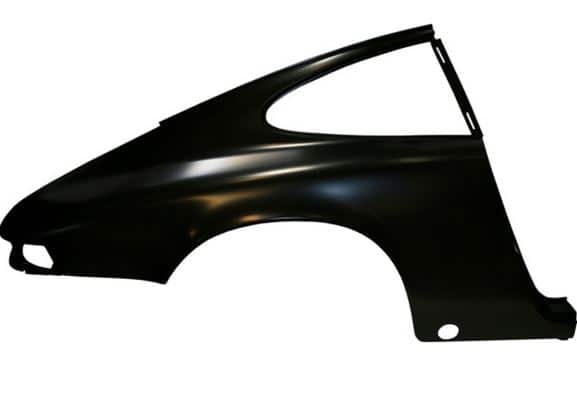
It is a side section of an automobile body that usually wraps around the wheel well, between the door and trunk lid, or between the door and the hood. It supports the back panel and other rear panels which may include the trunk of the car, as well as the rear fenders/bumpers.
#15 Fender
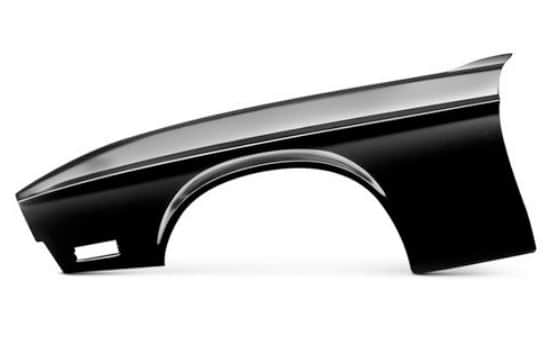
The fender is the curved part of the car’s body that sits on top of the wheels and holds them in place. It is not only a safety component but also enhances the overall look of your vehicle. Its primary function is to shield and protect the passenger compartments by preventing sand, mud, rocks, liquids, and other roads spray from being thrown into the air by the rotating tire.
#16 Fender Liner
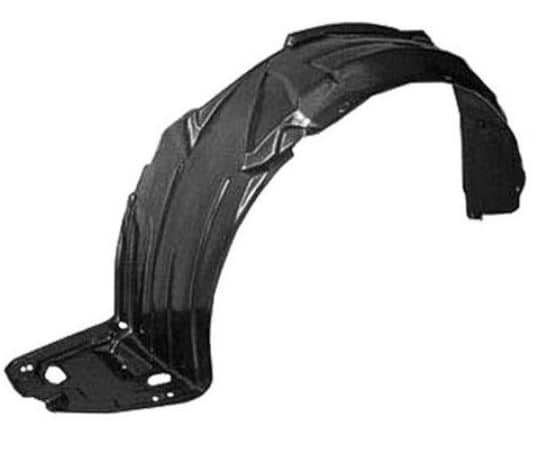
In every type of vehicle, each wheel has a separate fender liner. The function of fender liners is to prevent dirt, mud, water, environmental toxins, and other impurities from seeping into the engine bay causing serious damage.
In addition, it also helps to protect the wires and other components inside the wheel well from corrosion. Driving a vehicle without a fender liner is not recommended as it acts as both a buffer and a barrier between your car’s engine, hood, radiator, headlights, and windshield.
#17 Roof
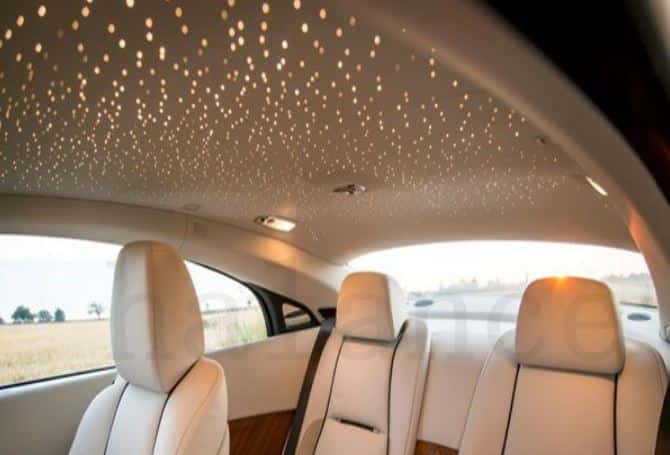
A roof is the top part of a vehicle that sits above the passenger compartment, protecting the vehicle occupants from sunlight, wind, rain, and other external elements.
The car ceilings are typically coated with headliners that provide insulation against heat and noise, and also hide wires and hardware for electrical components, antennas, and other accessories.
#18 Sunroof
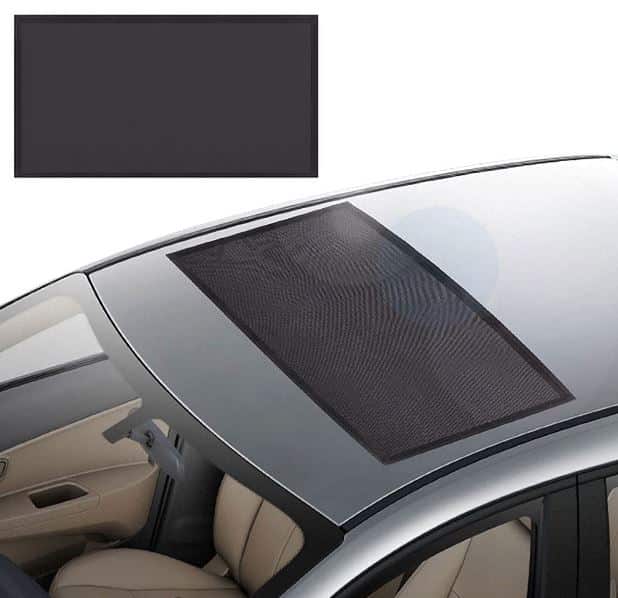
The sunroof gives passengers a clear view of the sky, keeps the car ventilated, and lets the sunlight in, creating a feeling of open space. This is a type of panel on the roof of a car that either slides or can be pulled out to allow light in.
These are quite expensive as you will have to pay extra for all the mechanisms that operate the sunroof. They are also high maintenance because the rubber, glass, motor, and all other components require frequent maintenance.
#19 Mirrors
There are mainly two types of mirrors used in vehicles that are side-view mirrors and rear-view mirrors.
1. Side-View Mirror
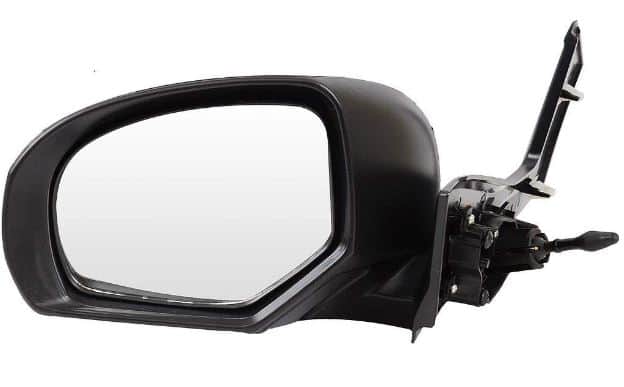
These are also known as wing mirrors. These mirrors are located on the exterior of the vehicles to help the driver see areas behind and side of the vehicle or outside the driver’s peripheral vision.
Also, it will alert the driver about possible accidents that happen from behind. The advantage of side mirrors being convex is that you get a wider view of each side of the car which helps reduce blind spots.
2. Rear-View Mirror
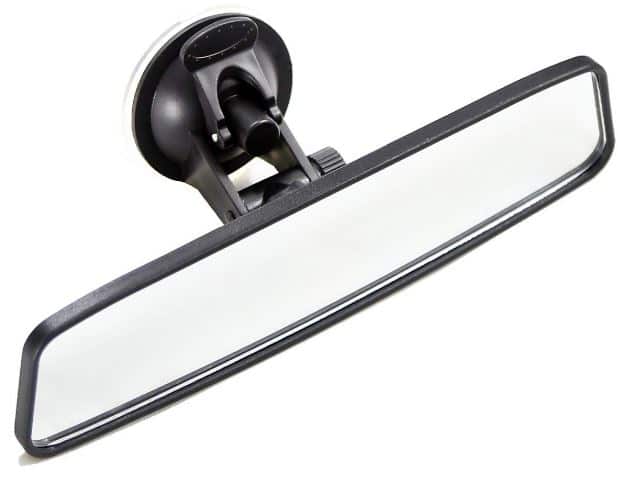
They serve multiple purposes that help to keep you safe as a driver. It gives you an alert driving experience by allowing you to see behind your vehicle without turning your head. In addition, they are especially important when a vehicle is moving in reverse gear.
#20 Car Doors
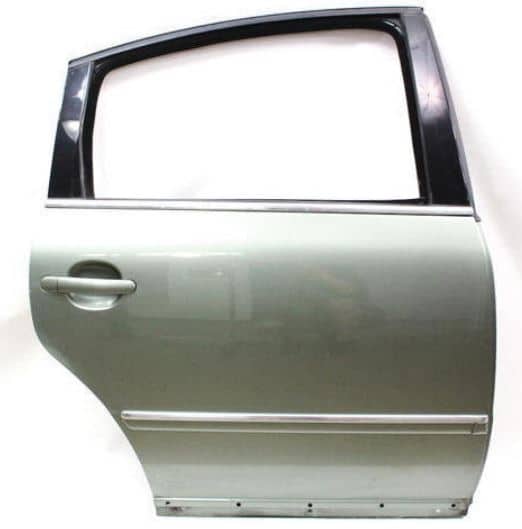
A door is a type of opening, usually hinged on the exterior of a vehicle. Sometimes it is attached to other mechanisms such as a track to enter and exit the vehicle. There are different types of car doors available that most people might not be aware of.
Doors often include windows for visibility from inside the car and can be locked to secure the vehicle. These are operated manually or with the help of power supplied by the vehicle. Power doors are used in minivans, luxury vehicles, or modified cars.
Read Also: What are the parts and functions of a cylinder head?
#21 Window Glass
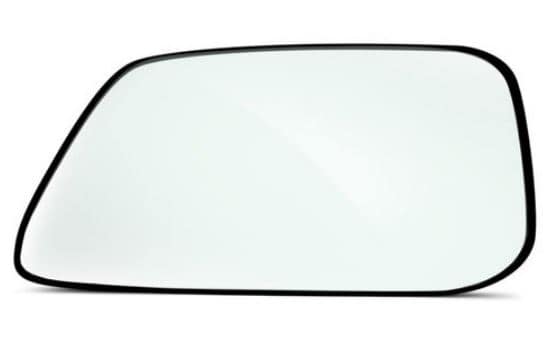
The basic reason for the use of window glass in cars is visibility. Whether at the front, side, or rear of the car, the visibility managed by the glass is extremely useful.
The glass allows passengers to see where they are going and allows natural sunlight or artificial street lighting to enter the vehicle. There are usually two types of window glass used, single-layer toughened glass or laminated safety glass.
#22 Quarter Window
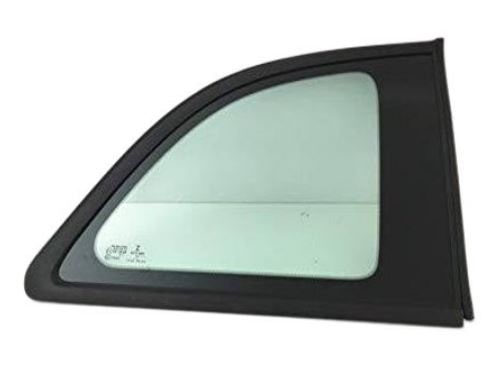
It is a type of side window that is located before the front door glass or after the rear door glass. In some models, the fixed quarter window may be placed in the corner or “C-pillar” of the vehicle.
They provide a quick peek of the road around the vehicle so that the driver can turn, speed up, park, or change lanes safely. These windows are often found on older vehicles. These are small triangular in shape at the front and separate from the main window.
#23 Door Handle
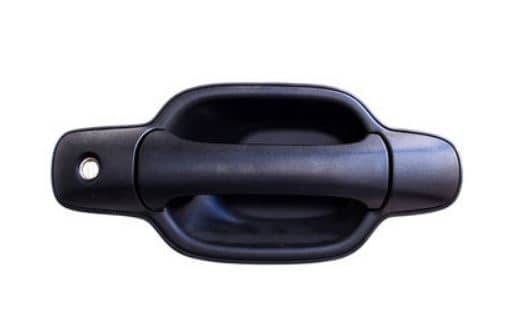
Door handles help the driver or passengers to get in or out of the car. Door handles are the most important component as they contain door locks. Usually, we use the door handle to unlock the car from outside or inside. There are different types of door handles available according to the car model.
#24 Trunk or Decklids
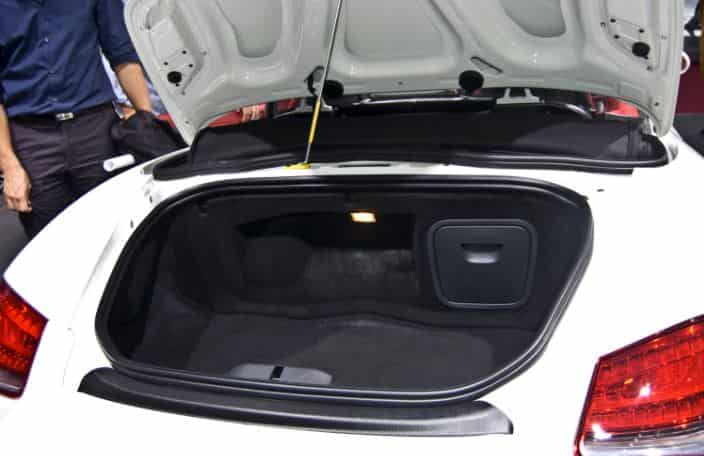
The trunk lid (also known as dickey) of a car is the main storage or luggage compartment which is often located at the rear of the vehicle such as sedan, coupe, or convertible.
The trunk of a car is more than just storage and must be used for the actual purpose of carrying goods. It is an important storage space, so it is necessary to clean it regularly. Also, keep in mind that if you are loading more luggage then the engine will consume more fuel.
#25 Mud Flaps
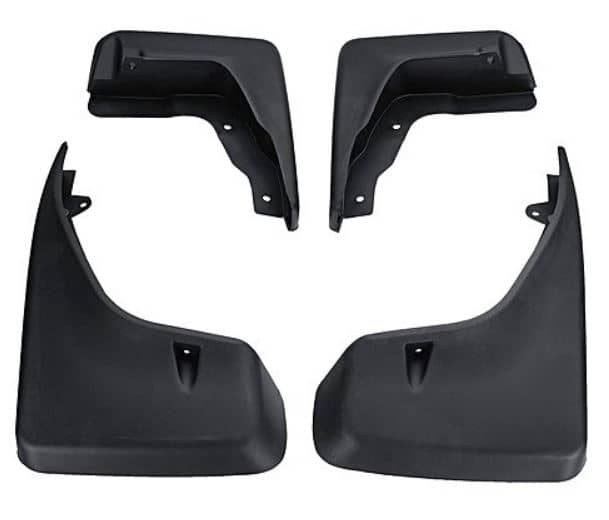
Whether you have a car, an SUV, or a truck, getting mud flaps for your vehicle is necessary. This is useful when your tires are constantly exposed to mud, dirt, rocks, salt, water, and other elements on the road.
As the name suggests, mud flaps are meant to catch dirt and stones and ensure that it doesn’t fly straight into your vehicle from back and front. A car without mud flaps will require more regular maintenance.
#26 Wheels
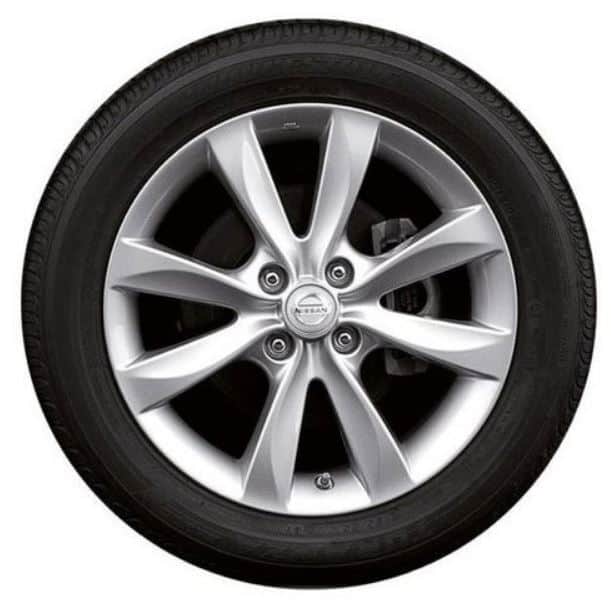
The most basic and important parts of a car body that have always been in use are the wheels. These are circular forms that generate rotary motion and are responsible for moving the car from one point to another.
The tire is the rubber part that wraps around the wheel and grips the road surface. Although the wheels can spin without tires, the car does not go very far. Without them, the wheels of the car would slip on the road faster without moving forward. Nowadays, there are different types of tires easily available in the market.
#27 Hubcap
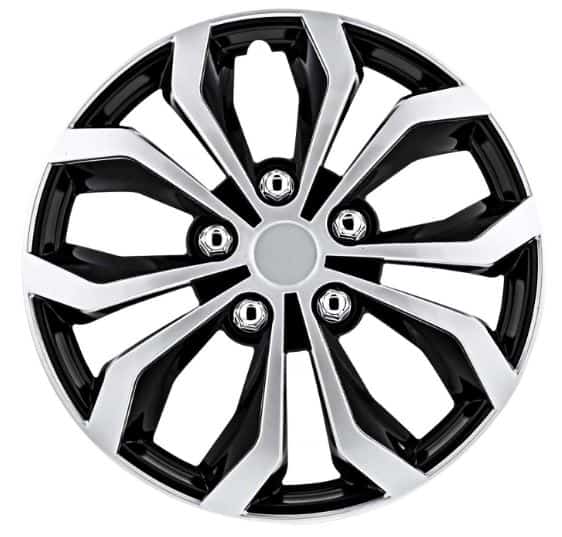
It is a decorative disc on an automobile wheel that covers the central part of the wheel. The function of the hubcap is to cover wheel hub and wheel fasteners to reduce the dirt and moisture collection. It also enhances the overall structure of the wheel.
When you drive without a hub cap, all kinds of dirt and debris get trapped in the tires, which can lead to tire wear and tear. By having a hubcap, foreign particles do not damage your wheels and provide longer life.
#28 Dashboard
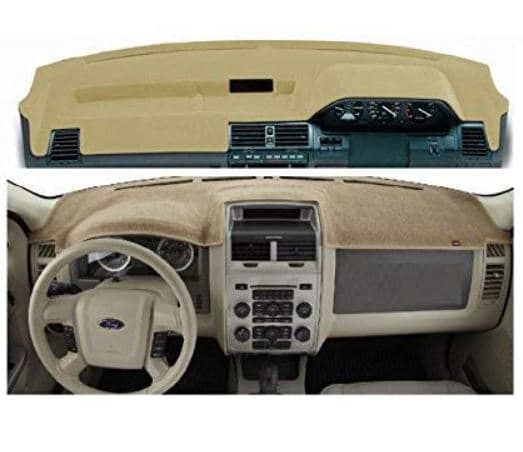
The dashboard is the controlling panel of any kind of vehicle. This is also known as dash or instrument panel. It lies within the central console of a vehicle and is usually located directly ahead of the drive.
The dashboard shows the driver tools and controls for operating the vehicle. It has simple controls (eg, steering wheel) and an array of instrumentation to show speed, fuel level, and oil pressure. Modern types usually feature information, climate control, and entertainment systems.
#29 Number Plate
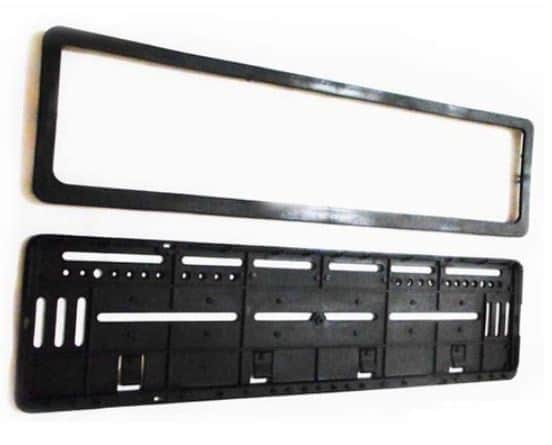
Due to the Motor Vehicle Act of the government, it is necessary to have a number plate on every vehicle. The number plate reflects the very specific details of the vehicle and consists of four important elements.
It also gives a unique identity to the vehicle. Nowadays, all vehicles on the road are preferred to display registration on both the front and rear sides of the vehicle.
#30 Tail Lights
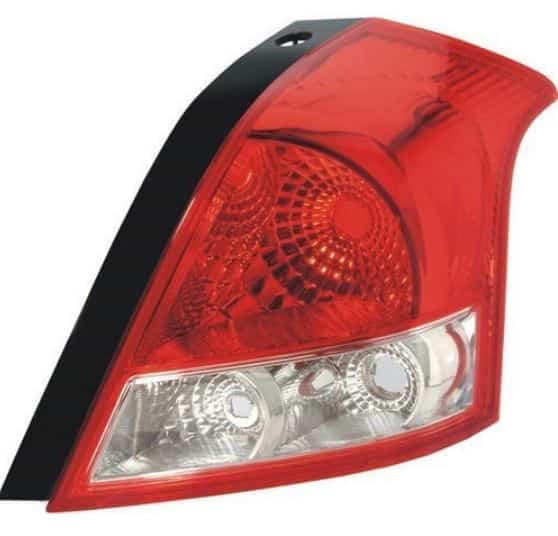
The taillights consider the safety aspect of the vehicle. These lights allow your vehicle to be seen during low visibility conditions and alert other drivers that you are slowing down. On most vehicles, the tail light is red and the brake light is more bright red.
The taillights stay ON when you turn ON your headlights or when your parking brake is ON. While the brake light will light up immediately when you apply pressure to the brakes. So the brake light and tail lights are not the same.
Wrapping It Up
In conclusion, the car is beneficial for its convenience. The above-mentioned car body parts are very essential for every vehicle. Without these parts, the vehicle may not perform well on the road and that can lead to heavy breakdowns or accidents.
So for now, I hope I’ve covered everything about “Car Body Parts“. If you still think that I missed anything or you have any doubts on this topic, you can feel free to contact us or ask in the comments. If you like this article then please share it with your buddies.
Want free PDFs direct to your inbox? Then subscribe to our newsletter.
Download PDF of this article:
You might like to explore more articles related to Automobile Engineering:
I am really impressed with your blog article, such great & useful knowledge you mentioned here.
Thanks for your feedback.
Thanks for sharing such an informative article.The article was a delightful read, and I found it to be exceptionally well-crafted and enlightening.I think this is a fantastic article, and I really appreciate you letting me know about it.
I appreciate your words. You’re welcome.
great post.
Thank you.
well Parts Detail I LLOVE This DETAIL.
Thanks.
I really appreciate it is good for my job
Thanks for feedback.
Great Blog.
Thanks For Sharing.
You’re welcome.
Waw it is very best i like it thank you
You’re welcome.
Thank you very much for the information. Very helpful and informative
You’re welcome!
Are you saying there is only 30 body parts on a car?
No, I have mentioned only the essential body parts of the car in this article. I will write more about this.
Yes…it helped me identify the parts of the car especially front body…thanks 🙂
Glad to hear that it was helpful for you! If you need further assistance, feel free to ask.
Very good information and thanks a lot but having small modification required at point 19 you are typed read view mirror instead of rear view mirror that’s it remaining will be very informative.
Thanks for correcting the mistake. I’m glad it was helpful for you.
Hi, bro nice post great information thank you so much
You’re welcome. Keep visiting 😉
Appreciated thanks
You’re welcome.
Hello! I am from USA I saw your blog. It was great, informative and really useful information that you shared with us. Thanks for valuable tips. I share your blog to my friends and he was totally impressed .I will keep in touch in future
You’re always welcome in our blog.
Thanks so much ,coz I’ve learned some new ideas
You’re welcome. Keep visiting 😉
This is so useful more especially someone who is not familiar with car parts
Thanks for reading.